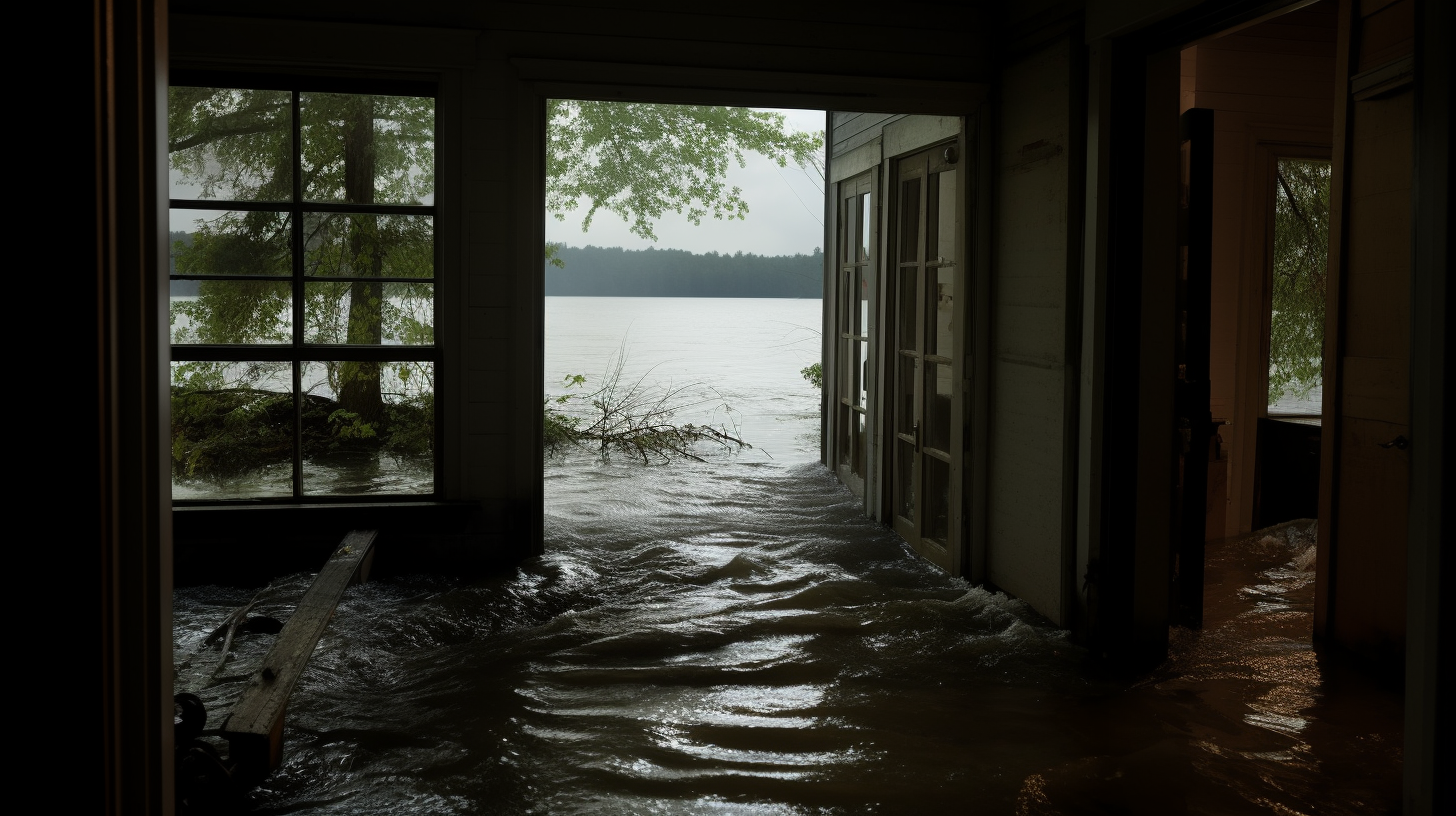
The Levee Wars
Every State on Its Own
Ever since Hurricane Katrina breached the Mississippi River levees and drowned New Orleans in 2005, the reputation of the Army Corps of Engineers has been tarnished.
Lobbying groups increasingly challenged the authority and regulatory power of the Corps, paving the way for the so-called Levee Wars.
Traditionally, levees across the United States were designed to constrict rivers and force the water into a narrow bed. But in an extreme weather event, with floodplains blocked off and high waters unable to spread out, these levees created a bottleneck effect, exposing communities shielded by lower levees to a significantly higher flood risk.
With federal oversight and regulation gone, a race began. State against state. County against county. Community against community.
Wealthy states and communities outspent others, building higher levees, securing flood protection at the expense of their poorer neighbors.
Missouri and Arkansas have alway been extremely vulnerable to inland floods. With Illinois winning the Levee Wars in their region, more high waters poured into the counties along the Mississippi River as it ran through these two states. In 2048 the situation became desperate. Facing a new wave of spring floods, people abandoned their homes. By the end of May, thousands were marching south.
They marched right into a baking hot oven.
